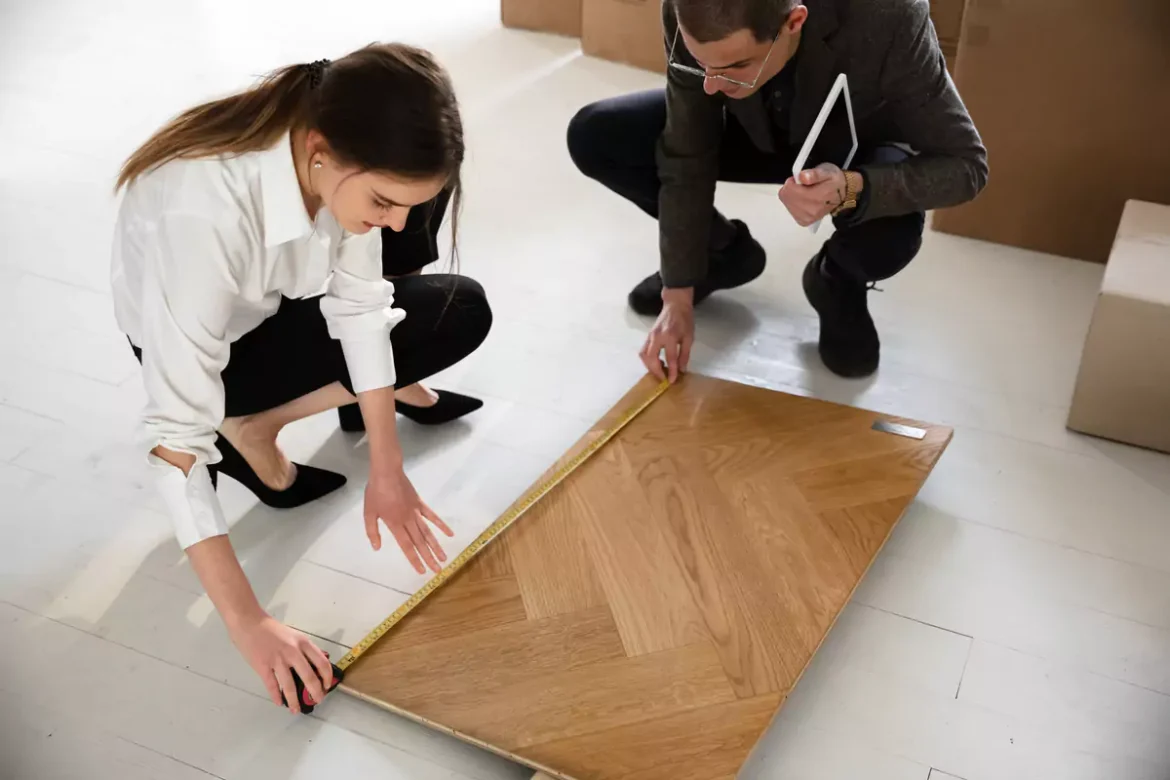When you decide to update or install new flooring in your home or office, one of the most exciting steps is the actual installation day. Whether you’re replacing old floors or adding a fresh new style, understanding what to expect during your flooring installation appointment can help make the process smoother and more enjoyable. If you’re located in Bankstown or the surrounding areas, and you’ve chosen flooring installation in Bankstown, here’s a guide to help you navigate the process.
1. Preparation is Key
Before the installer arrives, it’s important to prepare the space for the flooring installation. Most professional flooring installers will give you a list of things to do beforehand. This may include moving furniture out of the way, removing old flooring (if that’s part of the service), and ensuring that the area is clean and free of debris. If you have large furniture that can’t be moved, you may need to make arrangements for the installers to help with that, though some companies may charge extra for this service.
It’s also helpful to have a clear understanding of the installation timeline. Generally, flooring installation can take anywhere from a few hours to a couple of days, depending on the size of the area and the type of flooring you’re having installed. Be sure to ask the installation company in advance how long they expect the work to take, so you can plan accordingly.
2. Meeting the Flooring Installer
On the day of your flooring installation Bankstown, the professional installers will arrive at your home, ready to begin the job. First, they’ll check the area to make sure everything is set up correctly. Then, they’ll talk about any last-minute project questions or concerns you may have.
The installer will typically ask you to inspect the flooring materials that are going to be used. This is your opportunity to ensure everything is as you expected. If you notice any issues with the materials, such as damage or defects, this is the time to bring them up with the installer.
3. Removal of Old Flooring (If Applicable)
If you are replacing existing flooring, the next step will involve the removal of the old floor. Depending on the type of flooring you had previously, this can involve pulling up carpet, scraping off tile, or removing wooden planks. Some installers might charge extra for this step, so make sure you ask about it when you get your quote.
If you have a particularly difficult or large area to clear, the flooring company may ask for additional time to remove everything properly. Once the old floor is removed, the subfloor will be inspected for any issues, such as damage or unevenness, that could impact the new installation.
4. Subfloor Preparation
The base is what your new flooring will sit on, so making sure it’s clean and level is an important step. For many types of flooring, such as hardwood or vinyl, an uneven subfloor can lead to problems down the line, such as creaking or buckling floors.
The installer may need to make some adjustments, like sanding down high spots or filling in low areas with a levelling compound. This ensures that the surface is perfectly prepared for the new flooring.
5. Installing the New Flooring
Once the subfloor is prepped, the actual installation of your new flooring will begin. This is the part where you’ll see your vision come to life. Depending on the type of flooring you’ve chosen, this could involve gluing, nailing, or snapping the pieces into place. Hardwood floors may require glue and nails, while laminate and vinyl may simply click into place.
During this process, it’s common for there to be some noise and movement as the installers work to align the pieces properly. Don’t be alarmed if you see a bit of dust flying around—it’s a natural part of the installation process.
6. Finishing Touches
Once the main portion of the flooring is installed, the installers will focus on finishing touches. This may include adding baseboards or trim around the edges of the floor, which helps to give the room a polished, completed look. If you’re installing hardwood floors, the installers may also apply a finishing coat to protect the surface from wear and tear.
Finally, the installers will clean up the area, removing any leftover debris, scraps, or tools. They will walk you through the work to ensure that everything meets your satisfaction.
7. Post-Installation Care and Maintenance
After your flooring installation in Bankstown is complete, the installer will provide you with instructions on how to maintain your new floors. This will likely include advice on cleaning techniques, how to protect the floor from scratches, and tips on how to prolong the lifespan of the flooring.
For instance, hardwood floors might need to be refinished every few years, while vinyl or laminate flooring may only require occasional mopping and sweeping.
8. Final Inspection and Payment
Before the installers leave, they will conduct a final inspection with you. Now is your chance to ask any last questions you have and bring up any problems you’ve seen. Once everything is satisfactory, you’ll settle any remaining payments and schedule any follow-up visits if necessary.
Conclusion
Finally, knowing what to expect during the placement of your Bankstown flooring can help you get ready for a smooth and successful process. If you know what steps to take, from getting the room ready to taking care of it afterwards, your new flooring will be installed correctly and look great for years to come. Working with a reliable and experienced installer in Bankstown or a nearby area can make the whole process easier and more fun.




